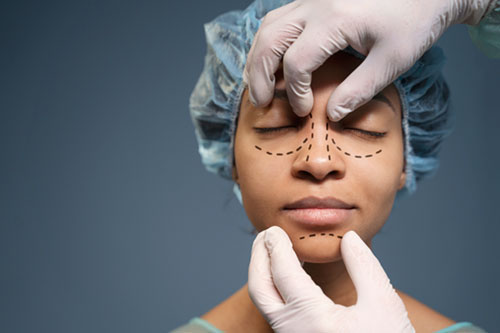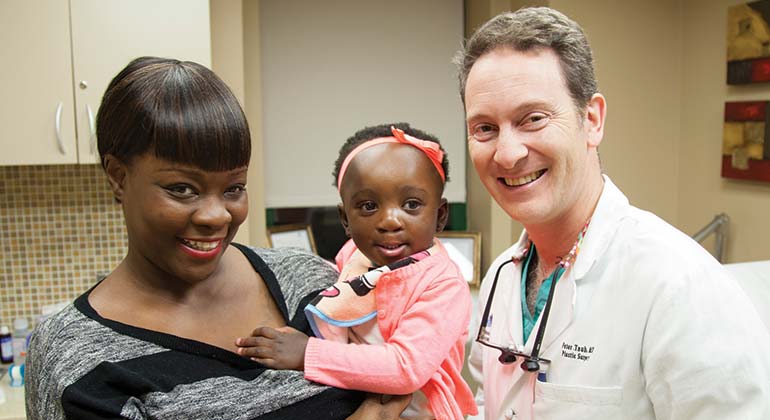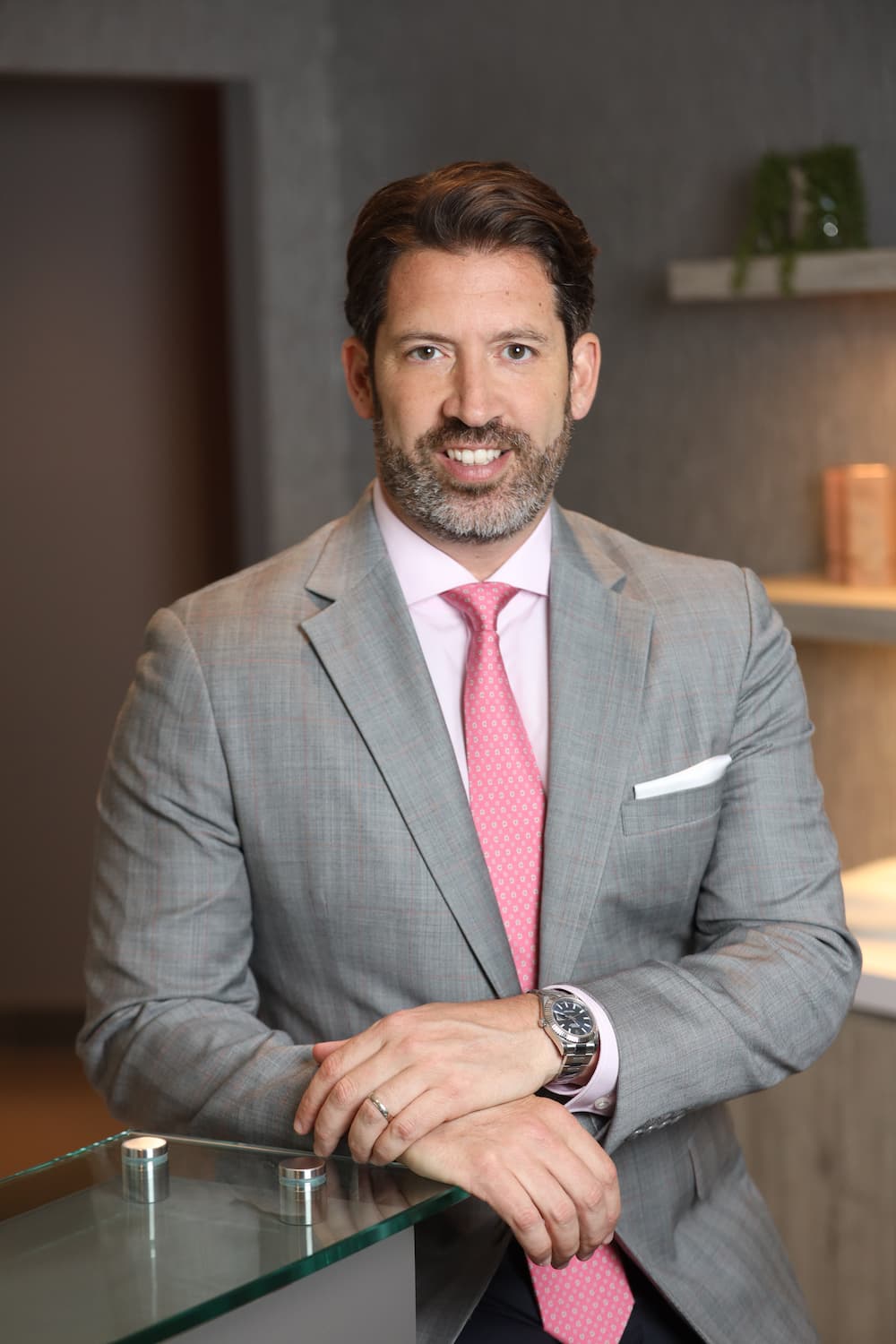Facelift Rancho Cucamonga: Smooth Wrinkles and Tighten Skin for a Vibrant Appearance
Facelift Rancho Cucamonga: Smooth Wrinkles and Tighten Skin for a Vibrant Appearance
Blog Article
The Influence of Self-Image on Decision-Making: Reasons Why Many People Seek Plastic Surgery for Physical Transformation
The interaction in between self-image and decision-making is an intricate phenomenon, especially noticeable in the enhancing pattern of individuals opting for cosmetic surgery as a way of physical change. Motivated by a wish to fulfill societal assumptions and personal suitables, numerous individuals come to grips with problems of self-worth that can dramatically influence their selections. As exterior pressures from cultural standards and social media magnify feelings of insufficiency, an important concern emerges: what are the underlying psychological elements that drive this quest of altered looks, and what implications do these choices hold for individual identification and wellness?
Comprehending Self-Image
Self-image describes the psychological picture and assumption an individual holds about themselves, incorporating elements such as physical appearance, characteristic, and general self-regard - mommy makeover rancho cucamonga. This internal depiction considerably influences how individuals connect with the world and can be a driving force behind different life choices, consisting of the choice to undergo plastic surgery
A positive self-image commonly correlates with higher self-esteem and a feeling of confidence, promoting a proactive approach to life. Conversely, an unfavorable self-image may lead to sensations of inadequacy and frustration, prompting individuals to seek external options to regarded defects. This pursuit for improvement can show up in the need for physical makeover with cosmetic procedures.
The prevalent nature of media and peer comparisons can intensify feelings of insecurity, motivating individuals to modify their look in quest of acceptance or approval. Recognizing these characteristics is necessary in comprehending the motivations behind cosmetic surgical treatment.
Mental Aspects at Play
Numerous psychological aspects affect a person's decision to go after plastic surgery, commonly rooted in much deeper cognitive and psychological procedures. One substantial factor is low self-worth, which might arise from adverse self-perceptions or discontentment with one's appearance. Individuals with decreased self-respect might believe that modifying their physical functions will certainly boost their overall value and approval in social contexts.
Additionally, the idea of body dysmorphic disorder (BDD) plays a critical function. People dealing with BDD experience an obsessive emphasis on viewed flaws in their appearance, leading them to seek surgical intervention as a service. This compulsive need for change can considerably distort their self-image, driving them to go after treatments regardless of the possibility for unfavorable outcomes.

Social Pressures and Expectations
A significant influence on individuals' decisions to go through cosmetic surgical treatment comes from social stress and assumptions that infuse contemporary culture. In an era dominated by social media and continuous aesthetic exposure, idealized criteria of charm are frequently showcased, developing a pervasive setting where physical appearance is intensely inspected. Such standards typically determine what is thought about appealing, leading individuals to feel urged to adhere to these ideals.
In addition, the normalization of cosmetic improvements Extra resources in pop culture better intensifies these stress - mommy makeover rancho cucamonga. Influencers and stars honestly reviewing their operations can develop a perception that such changes are not only appropriate yet desirable. This sensation can stimulate sensations of insufficiency in individuals that might feel their natural appearance does not align with social criteria
In addition, the influence of colleagues can not be overlooked. Individuals may encounter indirect or direct pressure from friends or household, bring about a public recognition of cosmetic surgical treatment as an appropriate methods to accomplish an idealized self-image. Subsequently, these societal assumptions can dramatically affect personal decision-making processes, typically eclipsing innate inspirations for self-improvement and fostering a culture where physical improvement is sought as a solution for perceived imperfections.

Instance Researches and Personal Stories
Several individuals have shared their individual journeys pertaining to plastic surgery, revealing an intricate interaction between self-perception and social impacts. As an example, a 34-year-old lady explained exactly how years of sensation insufficient as a result of her nose led her to seek like this nose job. She reported that after the procedure, her confidence rose, enabling her to engage even more freely in social circumstances and progress her career. Yet, she acknowledged that her decision was greatly affected by media portrayals of appeal.
In a similar way, a male client in his late twenties recounted his fight with body dysmorphic condition, which prompted him to go after lipo. His experience highlighted not only a desire for physical improvement but likewise an aspiration for acceptance among peers. Post-surgery, he revealed a renewed feeling of self-worth, albeit with the awareness that internal recognition must come before exterior adjustments.
These instance researches emphasize a broader pattern: individuals usually view cosmetic surgical treatment as a pathway to enhanced self-image. Nonetheless, the stories also expose a crucial point of view on the stress and assumptions that form these decisions, suggesting that individual stories are deeply intertwined with social standards and worths.
Alternatives to Aesthetic Surgical Procedure

Skincare therapies, including chemical peels and microdermabrasion, can improve skin appearance and tone, dealing with concerns like acne scars or irregular pigmentation. In addition, laser therapy is an effective method for targeting certain skin problems, such as sun damages or vascular lesions, promoting a much more vibrant look.
For those seeking body makeover, non-invasive fat reduction strategies like CoolSculpting can aid remove persistent fat deposits without surgical procedure. Health and fitness programs and nutritional therapy are also crucial tools for individuals aiming to accomplish a much healthier body photo. Eventually, these options can provide substantial outcomes while lining up with individual convenience levels and choices, fostering a favorable self-image without the permanence of plastic surgery.
Final Thought
To conclude, the quest of plastic surgery is often driven by intricate communications between self-image, psychological aspects, and social pressures. Individuals frequently seek physical change in an attempt to boost self-esteem and line up with viewed requirements of beauty. This phenomenon highlights the need for greater understanding of the underlying motivations and possible repercussions related to such choices. By discovering choices and promoting a healthier self-image, people may discover extra lasting pathways to self-acceptance and well-being.
The interplay between self-image and decision-making is a complicated phenomenon, particularly evident in the raising trend of individuals opting for cosmetic surgery as a method of physical improvement.Numerous psychological variables affect a person's choice to seek cosmetic surgery, frequently rooted in deeper cognitive and emotional procedures.A significant influence on people' decisions to undergo cosmetic surgery stems from societal stress and expectations that pervade modern culture. People may experience straight or indirect pressure from buddies or family members, leading to a common validation of cosmetic surgery as an acceptable ways to achieve an idyllic self-image.Numerous people have shared their individual trips pertaining to cosmetic surgery, exposing a complicated interplay between self-perception and societal influences.
Report this page